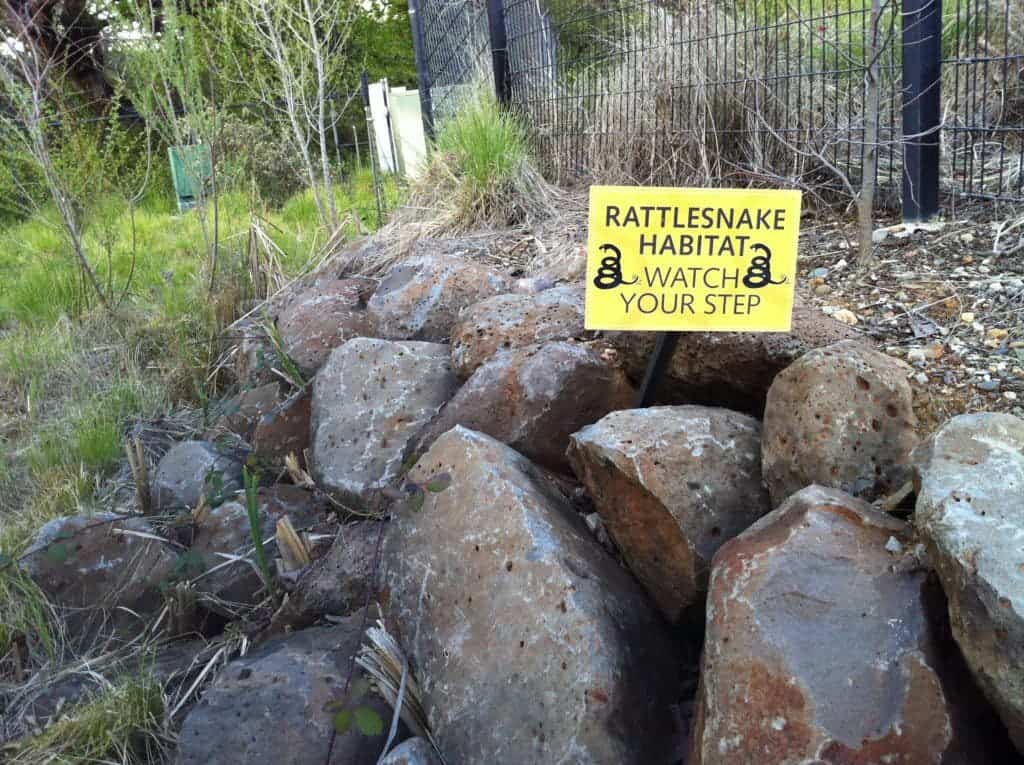There are many myths and popular beliefs regarding snakes — but this one certainly isn’t true.

A few years ago, Grant Lipman, an emergency medicine physician at Stanford Medicine, was jogging on the hills around campus. It was a terrible drought, but that wasn’t the highlight of his day — the highlight would be a 3-foot-long rattlesnake lying on the trail. He discussed this with his colleagues, and one of them reported a similar sighting. This got Lipman thinking. Could the drought be in any way connected to the rattlesnakes they were seeing or was it simple coincidence?
“I wondered if there are more snakebites during droughts,” said Lipman, clinical associate professor of emergency medicine at the Stanford School of Medicine, who routinely treats patients with venomous snakebites.
So he started work and worked with a team of researchers to answer the question.
Everyone sure seemed to believe that droughts exacerbate snakebites. “Deadly Snakebites Set to Skyrocket During Record-breaking Drought,” read one article in 2018 in the Daily Mail. Another, “Snakes Cross Paths with Humans in Bay Area Due to Drought,” was reported on ABCNews.com in 2015.
It seemed to make some sense. The idea was that snakes are more active during warm weather, and they also need to wander more during droughts. But the scientific information was pretty scant on the subject.
The results, funnily enough, showed that the opposite is true: during dry spells, snakebites actually go down.
Lipman and colleagues analyzed 20 years of snakebite data from every phone call made to the California Poison Control System from 1997 to 2017. In total, 5,365 snakebites were reported, from rattlesnakes. Five of them were fatal. The number of bites varied significantly from county to county, ranging from 4 to 96 per one million people.
It was actually rain that seemed to get the snakes out.
Snakebites went down by 10% following a drought but increased by 10 percent following high levels of precipitation. Researchers believe that this happens because, during the rainy season, shrubs grow more, which also favors rat populations — snakes’ favorite prey.
The study isn’t frivolous — this isn’t only about satisfying a curiosity. It can be quite important, and potentially even save lives. By knowing when snakebites are more and less likely to happen, authorities and hospitals can stockpile and transfer antivenom — which is often a scarce commodity, accordingly.
But Lipman, who has vast experience on treating this type of bite, says that the best way to reduce the frequency of bites is to simply be more careful. Snakes never go out of their way to attack anyone, quite the opposite — they go out of their way to avoid people as much as they can.
“The most common comment I usually hear from snakebite victims in the emergency room is: ‘I was just minding my own business,'” Lipman said. “Usually, though, it’s the snakes that were minding their own business, having a nice nap. It’s people who tend to disturb them.”


